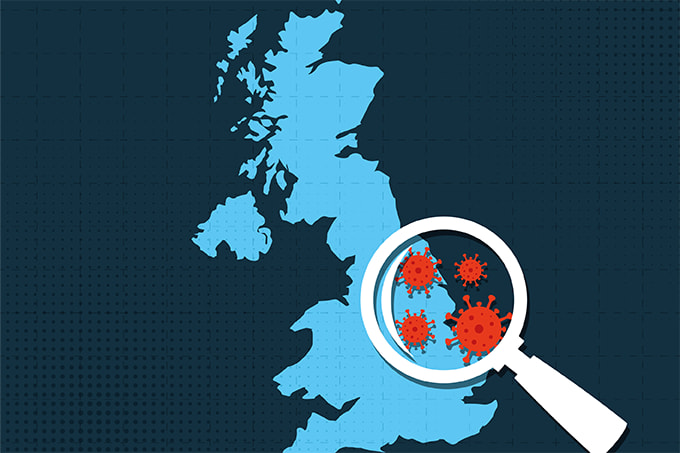
Even with my medical degree, infectious disease training, and years of lab experience, I can’t pretend that my early March decision to get a second monitor for my home office was based on any precognition of a lockdown. I had long been frustrated by my laptop’s small screen and needed a second display to help me prioritize tasks and streamline my work.
Even without the emerging growth of a new virus, my physician brain would have prompted me to step back from the coughing, Prada-clad woman in line ahead of me. I don’t recall whether I thought she had COVID-19 or influenza – after all, a January conference I attended had been cut short on suspicion of the latter – but my husband, dutifully holding the 32-inch monitor that would transform my son’s former bedroom into a pandemic-fighting command post, followed suit. Nearly 40 years of marriage had instilled in him the same habits that we as a nation would soon learn.
We spent that Sunday like most – tending to a to-do list that had been neglected for work obligations. As we pulled into the driveway, eager to install the new monitor, my phone rang. The display showed a familiar number: a colleague who runs the virology labs at Wadsworth, the facility governed by the New York State Department of Health. I answered, “I hope everything’s okay” – the type of greeting you give when you already know it isn’t.
Her response would change the remainder of my year. She shared that the governor had authorized labs like mine to test for SARS-CoV-2. She was with Wadsworth leadership, who wanted to know if we would. And I was on speakerphone. A few minutes later, we agreed to consider a partnership.
Being a physician means balancing an awareness of the world’s threats while suppressing the accompanying anxiety, all to discover even more potential dangers. The call left me imbalanced. I had, until that point, been in denial that the pandemic would arrive within our borders. That denial – which had helped me follow global news, connect with colleagues, and remain a functional mother – evaporated. In its place, a new to-do list began to form. Our lab had been one of the earliest to test for swine flu in 2009, so I knew what this could entail. I had to call my assistant director; we had to discuss our platforms, the viability of emergency use authorizations, and what we needed from our department chair. I had my husband phone a friend to let them know we’d be skipping their upcoming wedding.
Our efforts began at once. My team spent long hours commandeering resources, coordinating with collaborators, and forming a diagnostic unit. Over the next few days, we evolved from no in-house testing to opening up our Luminex ARIES platform. The now-vital second monitor became a window not only to the oft-mentioned Zoom calls, but also to the overwhelming amount of data I had to review. The monitor shared the news of our first 60 in-house tests, our first cause for (muted) celebration during dark times. As positives climbed, requests increased. We validated more platforms, procured more reagents, and held longer hours. We retrofitted additional lab space to house more and more instruments. As our country sank, our lab started to swim.
Several things have changed for me in this new normal. In September, I stepped down from the directorship of the virology facility I built (a move already planned before the shutdowns). I took on the role of Director of Faculty Development for my department, helping guide the next generation of leaders in a way I have wanted for a long time.
However, even amongst the changes, I am left with a fundamental truth. It’s both mystifying and humbling to realize that even one of the most prepared people for a global pandemic is in some ways as vulnerable as your maskless neighbor. Among the numerous frustrations – at leaders who inhibit our ability to help, friends who refuse to learn, and myself for not doing enough – is the importance of finding my balance. Not just between my fears and frustrations, but also between my actions and society’s at large. This pandemic is the ultimate reminder that healthcare is a global problem, full of interconnected parts. Much like a functioning second monitor, it is only when these parts communicate and collaborate that the full picture crystallizes and our problems become easier to solve.




